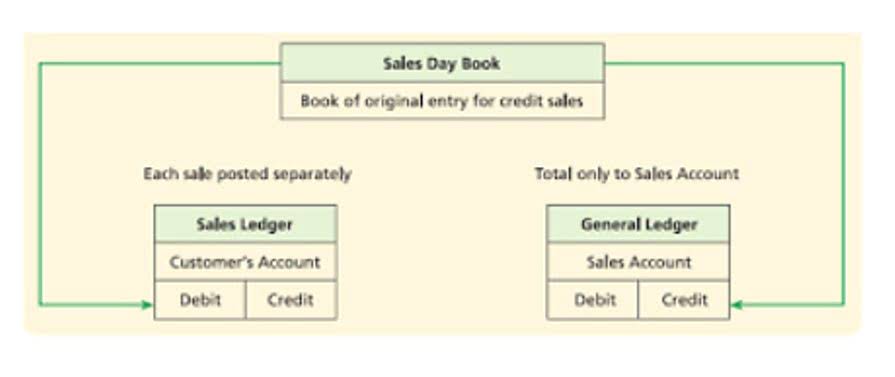
After almost a decade of experience in public accounting, he created MyAccountingCourse.com to help people learn accounting & finance, pass the CPA exam, and start their career. This means that entries created on the left side (debit entries) of a liability T-account decrease the liability account balance while journal entries created on the right side (credit entries) increase the account balance. As a small business owner, you’re going to incur different types of liabilities as you operate. It might be as simple as your electric bill, rent for your office or other types of business purchases.
- Prior to this, she was Head of the Asia-Pacific Mergers & Acquisitions Group and a Managing Director from 2001 in the Investment Banking Division of Bank of America Merrill Lynch based in Hong Kong.
- On the other hand, on-time payment of the company’s payables is important as well.
- Yes, liabilities can be negative and represent a credit balance when the company pays more than liability.
- Any UKGI performance related pay is calculated as a fraction of rather than multiple of salary.
- Liabilities in financial accounting need not be legally enforceable; but can be based on equitable obligations or constructive obligations.
- Long-term liabilities are listed after current liabilities on the balance sheet because they are less relevant to the current cash position of the company.
Services and information

In most countries, an LLP is a tax flow-through entity intended for professionals who all have an active role in managing the partnership. The partners in an LLP may also have a number of junior partners in the firm who work for them in the hopes of someday making full partner. These junior partners are paid a salary and often have no stake or liability in the partnership. The important point is that they are designated professionals who are qualified to do the work that the partners bring in.
Presentation of Liabilities

A contingent liability is an obligation that might have to be paid in the future but there are still unresolved matters that make it only a possibility, not a certainty. Lawsuits and the threat of lawsuits are the most common contingent liabilities but unused gift cards, product warranties, and recalls also fit into this category. A liability is an obligation of the business to repay the money or deliver goods or assets in return for value already received. Sometimes liabilities can be transferred, but they still represent a future obligation for the business.
- By keeping track of these obligations and ensuring they are met in a timely manner, a company can successfully avoid financial crises and maintain a healthy financial position.
- By consolidating on-budget and off-budget liabilities, the CLCC presented the first portfolio view of the government’s risk, essential for understanding and managing exposure.
- The team also develops tools to standardise the quantification of contingent liabilities and conducts thematic reviews to provide recommendations for improving risk management.
- This is why it’s important to understand what liabilities are since they play a critical role in your business.
- They can help a business pay for large expansions and are issued as secured bonds or unsecured bonds.
- We are also excited by the potential for this group of experts to help government.
8 Responsibilities of the directors for the financial statements
This is integral to our broader commitment to continuous learning throughout the organisation, enabling us to effectively address the evolving needs of departments. To do this, we have implemented more targeted and personalised career planning to enhance the skills of our team. Additionally, we have reflected on our role in documents like our Stewardship Code submission to the FRC, which has recognised us as a signatory for the third consecutive year.
The long-term debt ratio
I communicated relevant identified laws and regulations and potential risks of fraud to all engagement team members and remained alert to any indications of fraud or non-compliance with laws and regulations throughout the audit. My opinion on the financial statements does not cover the other information and, except to the extent otherwise explicitly stated in my report, I do not express any form of assurance conclusion thereon. I have audited the financial statements of UK Government Investments Limited for the year ended 31 March 2024. The Principal Accounting Officer of HM Treasury has designated the Chief Executive as the Accounting Officer of UKGI.
Most LLPs are created and managed by a group of professionals who have a lot of experience and clients among them. By pooling resources, the partners lower the costs of doing business while increasing the LLP’s capacity for growth. Most importantly, reducing costs allows the partners to realize more profits from their activities than they could individually. For example, if Joan and Ted are partners in a cupcake venture and a bad batch results in people getting sick, then they can both be personally sued for damages. For this reason, many people quickly turn general partnerships into formal legal entities to protect personal assets from being part of any lawsuit.
Cash Flow Considerations
Only record a contingent liability if it is probable that the liability will occur, and if you can reasonably estimate its amount. If a contingent liability is not considered sufficiently probable to be recorded in the accounting records, it may still be described in the notes accompanying an organization’s liabilities are the amounts of money due to others that need to be paid now. financial statements. Liabilities are an operational standard in financial accounting, as most businesses operate with some level of debt. Unlike assets, which you own, and expenses, which generate revenue, liabilities are anything your business owes that has not yet been paid in cash.
5 5. Revenue

Employees and employers make contributions (employee contributions range between 4.6% and 8.05%, depending on salary). The balance of the cost of benefits in payment is met by monies voted by Parliament each year. Pensions in payment are increased annually in line with the Pensions Increase legislation.
- During the year, Jane Guyett resigned having reached the end of her second term of office as a Non-Executive Director of the Company.
- Philip Duffy was replaced by Jess Glover, as alternate Shareholder Representative Non-Executive Director on the Board.
- All it takes is a shared interest, perhaps a written contract (though not necessarily), and a handshake.
- My Accounting Course is a world-class educational resource developed by experts to simplify accounting, finance, & investment analysis topics, so students and professionals can learn and propel their careers.
- On the other hand, if annual debts were 20% of annual income, one may believe liabilities to be helpful in growing individual wealth or business revenues.
- During the operating cycle, a company incurs various expenses for which it may not immediately pay cash.
Other balance sheets are presented using the report-form method, which is the most common method of balance sheet presentation. A common practice is to pay expenses in cash over a short period of time since otherwise the owed amount would become a liability. Accounts payable is the firm’s largest current liability, which is often the case among most businesses. Accounts payable are essentially several bills awaiting payment that have not yet been settled. The company’s liabilities are displayed in the middle half of the firm’s balance sheet.
To Ensure One Vote Per Person, Please Include the Following Info

An LLP and a limited liability company (LLC) both offer protections for their owners. The LLP is a formal structure that requires a written partnership agreement and usually comes with annual reporting requirements, depending on your legal jurisdiction. A limited liability partnership (LLP) is a flexible legal and tax entity where every partner has a limited personal liability for the debts or claims of the partnership.

